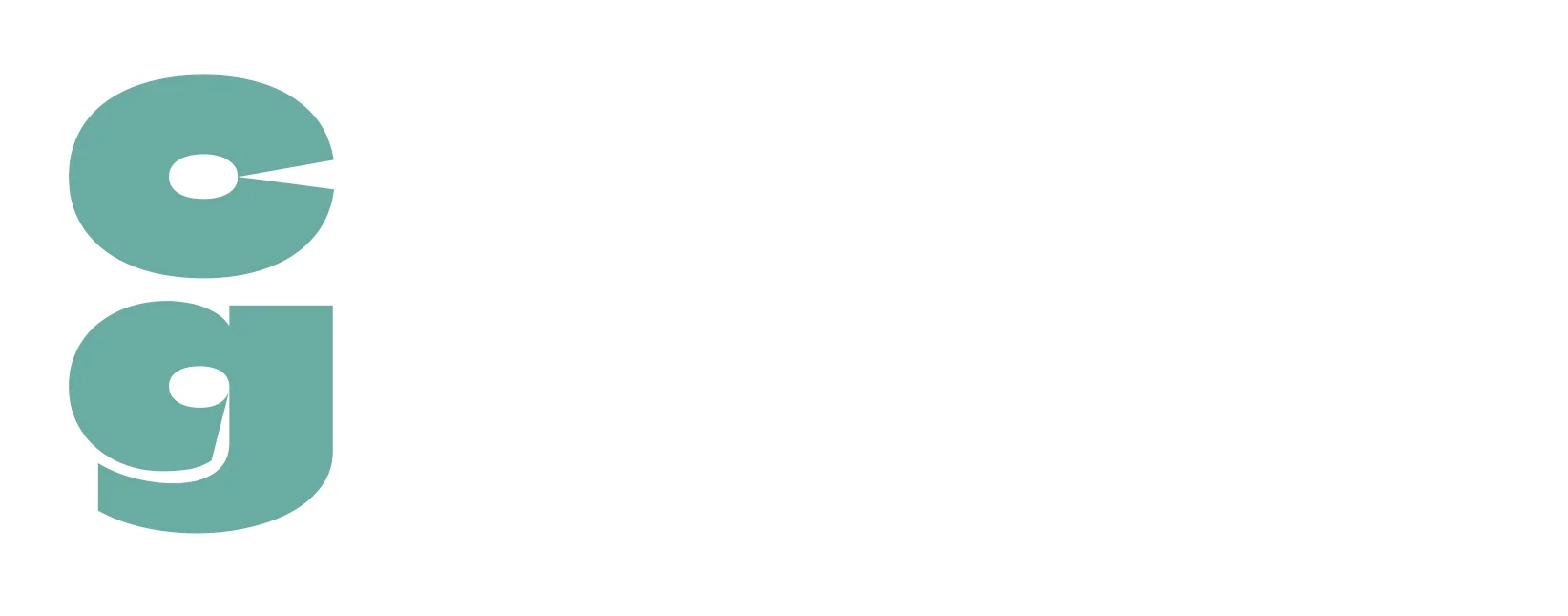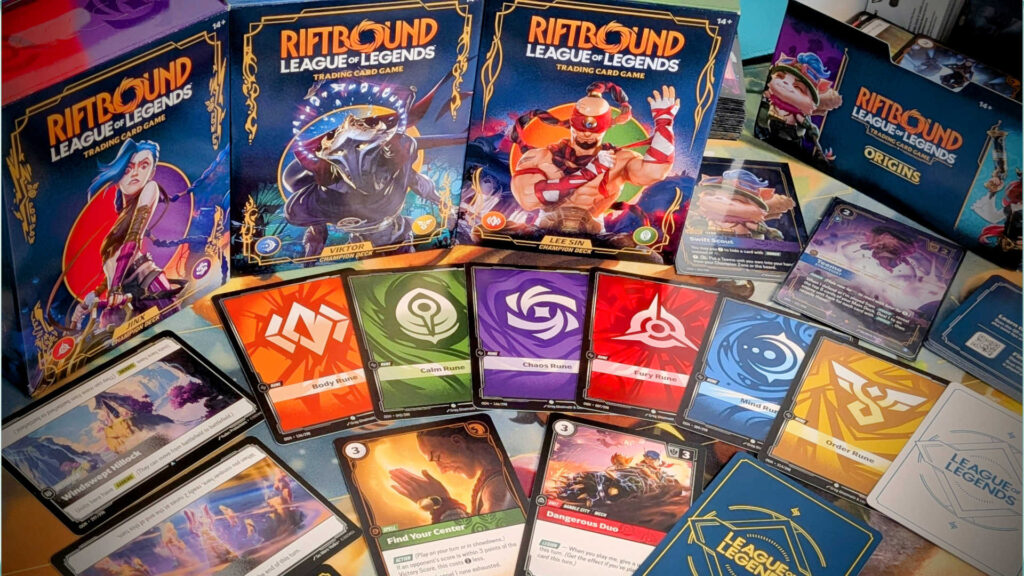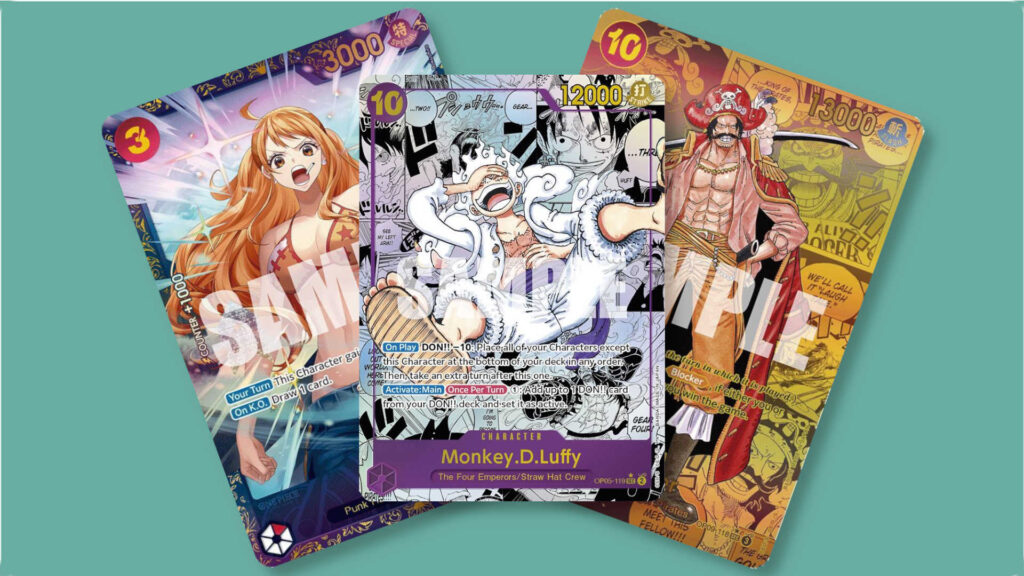Though we were fortunate enough to get a pretty in-depth look at Riftbound in a summit back in May at the headquarters of Riot Game in LA, the game has only just launched in the West, and is now in the hands of eager fans worldwide. Is it worth playing? Let’s find out, in our review of Riftbound, the League of Legends Trading Card Game!
Table of Contents
ToggleHow to Play Riftbound
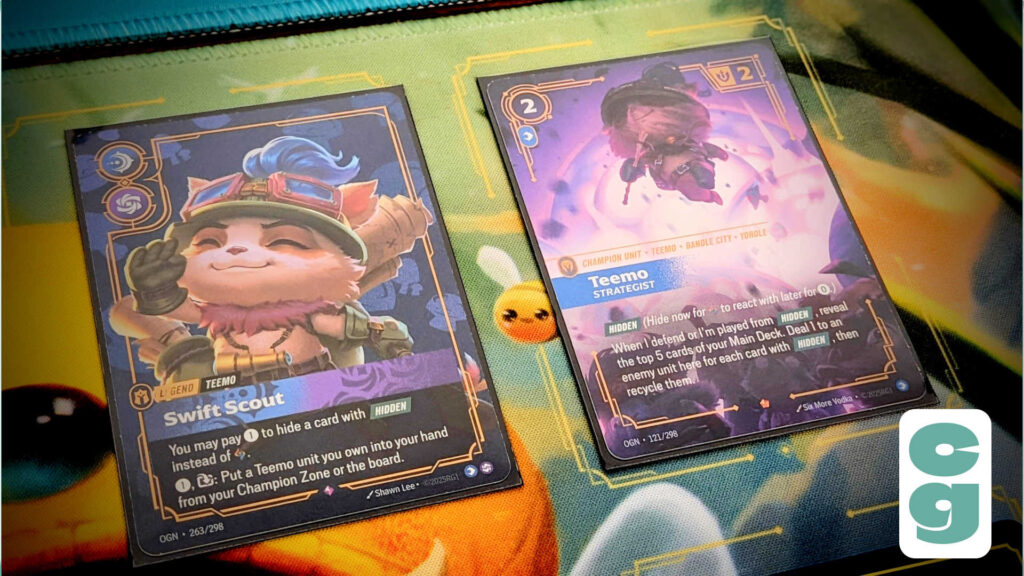
In Riftbound, each player has their own deck, headed up by their Legend. The Legend used determines the type and color of Runes you can use in your Rune deck, as well as the colors on cards in your general draw deck too. You’ll also have a Champion unit, which is the version of your Legend which can actually be deployed in battle, and there’s also a Signature Spell to match each Champion as well; though the Signature Spells, unlike the Champion Legend and unit, are optional, it’s well worth having them, as they do tap into the strengths of your chosen Champion’s strategy.
Each player will also then have a deck composed of at least 40 cards (including the Champion and Signature Spell cards, the latter of which you can have up to 3 copies of). Those 40 cards must match one or both of the Champion’s domain (or Rune) colors, and no other colors are allowed. Speaking of Runes, you’ll need to build a deck of 12 cards composed of Runes matching your deck’s colors. Once you have all these ready, you’ll need three difference Battlefield cards, and you’re all set!
Once you’re ready to go with your Rune deck and main deck, as well as your Legend, Champion and Battlefields, you can begin. You will reveal your Legend and Champion simultaneously with your opponent(s), then choose which single Battlefield card to use from your selection of three. Your main deck and Runes are shuffled, and you’ll draw 4 cards from your main deck to begin, and a starting player is randomly chosen.
The Turn Structure in Riftbound
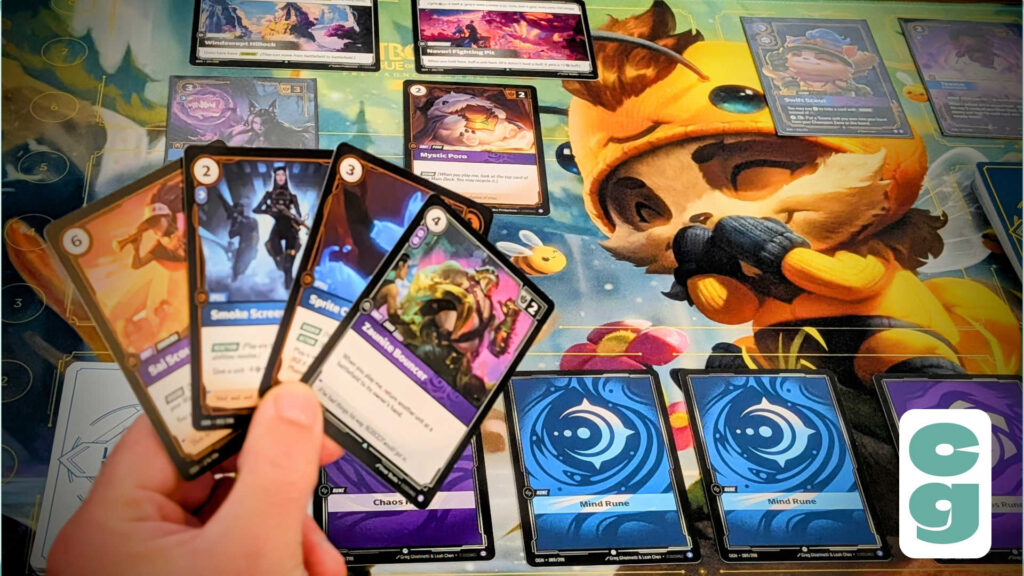
The turn structure is incredibly easy to remember, given that the start of each player’s turn has four steps, cleverly simplified as ABCD; Awaken, Beginning, Channel and Draw. In Awaken, you’ll ready all of your exhausted cards. Beginning is the phase in which you score 1 point for all Battlefields where you’re the only player with units present (known as holding a Battlefield). In Channel, you’ll draw two cards from your Rune deck and place them face up in your Rune area, ready to use (the second player draws three Runes on their first turn to compensate for not going first). Finally, in the D step, Draw, you’ll draw 1 card from your main deck.
Once you’ve performed the ABCD steps in order, you move to the action phase, which is where you’ll use Runes to pay to play cards from your hand, move units from your base to Battlefields (and vice versa), engage in combat at Battlefields (known as Showdowns), and gain points from conquering a Battlefield (being the only player with units left on a Battlefield after a Showdown conquers it).

The goal of the game is to reach 8 points, but there’s an important rule in that your eighth and final point cannot be scored by conquering a single Battlefield, unless you’ve conquered all other Battlefields on the same turn. Instead, you’ll need to score that final point by holding a Battlefield card, which can prove quite tricky in the latter stages of the game.
Is Riftbound Fun to Play?
There’s a real cocktail of mechanics in Riftbound that’ll be familiar to players of other games, and yet it still manages to thematically feel like a League of Legends game. That’s partly due to the clever concept of struggling to hold onto territory (again, this isn’t exactly a new mechanic, but it’s well implemented and appropriate here), but also because of the game’s use of Legends. Its overall aesthetic, with lavishly illustrated cards featuring a ton of aspects of the League of Legends universe (making sure to tap into Arcane, for fans who have discovered the setting via the hugely popular Netflix series) and alternate “skins” when it comes to special art variants of cards, also helps to sell the magical steampunk fantasy of the original online game.
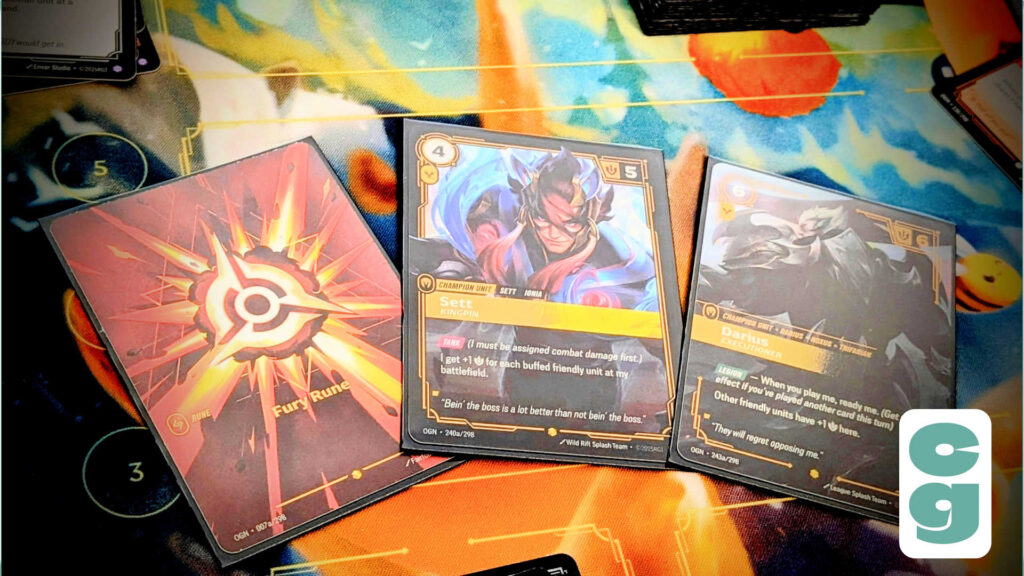
Speaking of variants, there are some exciting and very rare chase cards to find in boosters, which are already seeing prices skyrocket in many cases. Importantly, the premium, highest rarity cards really do feel special too, showcasing impressive production values. The high production values aren’t just apparent on the most premium of cards either; this can be felt throughout the game, via its art and overall card quality.
The resource system (which feels somewhat like the DON!! deck in One Piece), works well to ensure that you’re not looking to draw energy into your hand, and yet there’s still a little uncertainty if you’re using two Rune types in your deck. Combat, with its single card statistic which handles both attack and health points (with a stat known as “Might”), is nicely straightforward, and keeps the game moving at a good pace.

There’s sometimes a little frustration in trying to gain the last point to secure victory, but canny players will ensure that they’re planning ahead for this. There’s a bit of an oversight when it comes to building decks using cards from booster packs; you’re required to have a Champion unit which matches the Legend you’re using, and these are found in packs randomly, though this may have been a clever way to ensure a healthy secondary market for the game’s cards. That Ahri Champion unit pictured above couldn’t be used as part of a deck’s overall strategy, for example, as I didn’t find an Ahri Legend in 24 booster packs.
Even if that was the intent, it still feels frustrating to open an entire booster box and get only 5 Legends that pair with Champion unit cards you’ve pulled. It ‘s something I hope is fixed for future sets; Star Wars Unlimited, for example, gives you a usable Leader and Base card in every booster; with the pairing of Legend and unit that’s required in Riftbound, you’re far more dependent on the luck of what’s in any given pack in order to get cards you can build a deck around. There wasn”t a single Legend and Champion unit pairing which I could give a Signature Spell to either; again, this is in a whole booster box of 24 packs, rendering one of the game’s main mechanics pretty much redundant without buying more packs, or single cards from the secondary market.
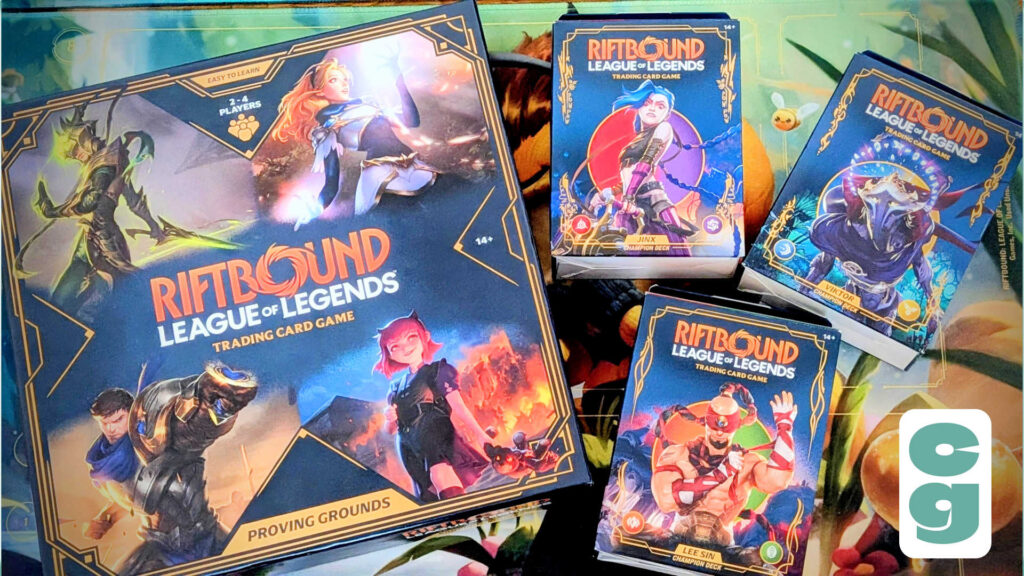
Despite this, there’s a real feel of accessibility to Riftbound, with some great ways in, including the Proving Grounds set for absolute card game beginners (or simply as a nicely self-contained set for up to 4 players), and well balanced Champion decks that are excellent introductions to the game.
Riftbound is another game that could widen the audience for the currently very active TCG sector, which has seen the launch of some fantastic, high profile and enduringly popular games in the last few years. Though for a few decades, the TCG space was dominated by the big three (Magic: The Gathering, Pokémon and Yu-Gi-Oh!), games such as Star Wars Unlimited and Disney Lorcana have proven that with strong licenses and clever, accessible game design, there’s definitely room for more games in the sector. Whether it brings in new players or existing TCG fans add it to their small selection of games to delve into, Riftbound seems like it’s another title that’ll be conquering tabletops for some time to come.
The Card Gamer Verdict
Providing a surprisingly polished experience right out of the gate with the game’s first set, Origins, it’s clear that a lot of time and effort has gone into making Riftbound an enjoyable experience, with enough familiar elements that fans of TCGs should pick it up pretty quickly. It’s also pretty accessible for newcomers, especially if they start with Riftbound’s excellent Proving Grounds starter set.
Though many elements do feel as if they’ve been mashed together from a variety of different games, with the influence of game’s such as One Piece strongly felt in Riftbound’s resource system, the overall goal being to control territory feels highly thematic to League of Legends.
Though getting the final point in a game can sometimes prove a little frustrating, and finding a matched Legend and Champion Unit card in booster packs can be problematic, there’s few other negatives that spring to mind after plenty of sessions of Riftbound.
Overall, Riftbound is a really well designed game, and it should appeal as much to fans of the League of Legends universe as it does to absolute newcomers. Riot Games clearly know what they’re doing, and the lavishly produced cards, commitment to organized play and variety of game modes (including multiplayer variations) should ensure that it builds a healthy, sustainable player base for a long time to come.
Check out our guide to getting started with Riftbound, and a look at the most valuable cards in the game’s first set, Origins. Also, check out the beautiful, custom made accessories for Riftbound by our friends at Buy The Same Token!
